Most of us depend on the Internet, both for personal and professional work. There are times when the system is unable to connect to the network, thus preventing you from accessing the Internet or any mapped drives.
Ever since wireless networks become popular, we have been largely dependent on them. They are convenient but prone to issues, therefore we must have a basic understanding of the issues and their fix.
Most of the issues with a network connection are generally trivial and can be resolved at home in a few simple steps. In this article, we will discuss how to fix network connection issues in Windows 10.
Fixing Network Connection Issues
Try these fixes one by one and check if the network connection issue is resolved.
Check if Wi-Fi is On
The first thing to check if you are not able to connect to a Wi-Fi network is if the Wi-Fi in your device is turned on. To check, right-click on the Start Menu and select ‘Settings’.

You will see the various system settings option, click on ‘Network and Internet’.
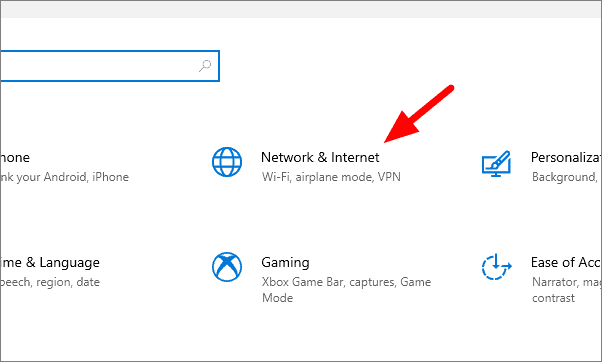
In ‘Network and Internet’ settings, click on Wi-Fi on the left panel.
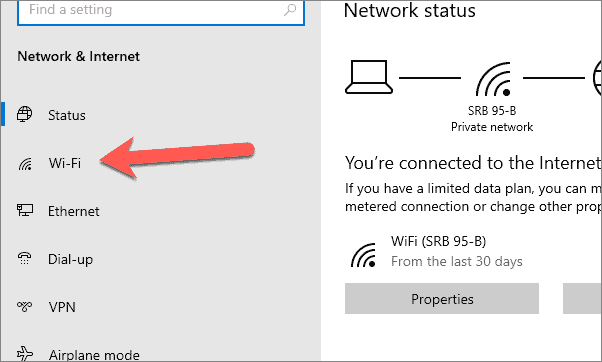
Check if the Wi-Fi is on or off at the top. If it is off, that is the reason you are unable to connect to a network.

Check IP Settings
If the network issue is not resolved yet, you can try checking and if required, change the IP settings to Automatic.
To check IP settings, go to the ‘Status’ tab in Network and Internet settings and then click on properties. The properties of the Wi-Fi network you are connected to presently will open.
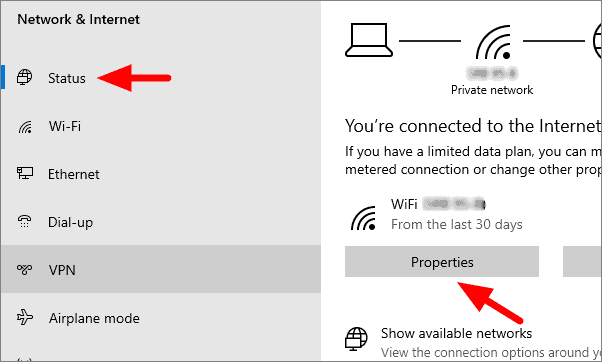
Scroll down and search for IP settings. Check if IP assignment is set to Automatic. In case it is set to Manual, click on ‘Edit’ to change it.
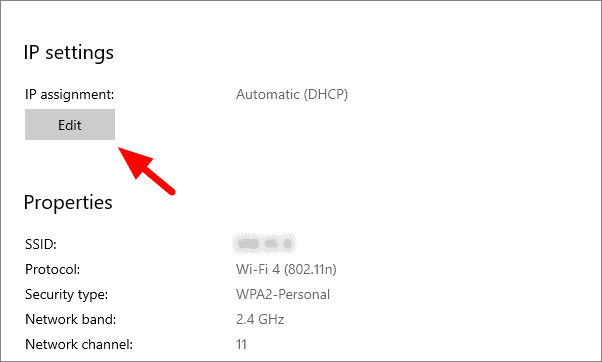
To change the IP settings, click on the box and select Automatic (DHCP), and then click on ‘Save’.
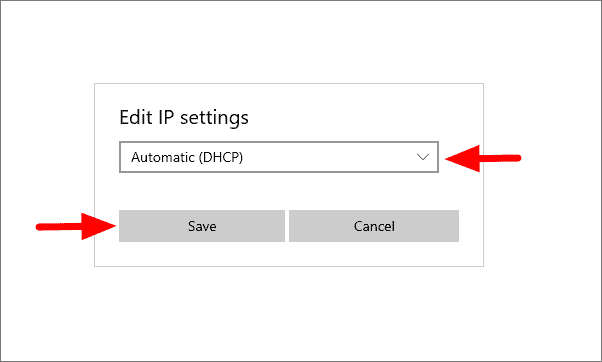
You should now be able to connect to a network and access the internet.
Restart/Reset the Router
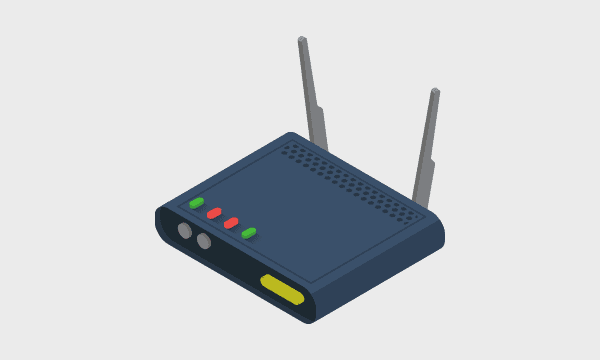
Many a time, a problem with the router could prevent you from connecting to the network. If your router has been on for a long time, restarting it could do the trick. Restart your router and check if the network issue has been fixed.
If restarting the router does not work, you can also reset it. Check for the reset button behind the router and press it for 15-30 seconds, depending on the model of the router, to reset it. When you reset a router, it will return to the default settings. You will then have to set the SSID (Service Set Identifier) and a password.
Change Position or Use a Different Device

Sometimes, you are unable to connect to a network as your device does not receive the signal. To fix this issue, move closer to the router and then try connecting to the network. If you are now able to connect to the network, there is an issue with either the system hardware and the router.
If you are still unable to connect, try using a different device to connect to the network. In case there is an issue with your device and not the router, you should now be able to connect to the network.
Change in SSID or Password

Another common issue that prevents you from connecting to a network is a change in SSID (network name) or password. Say, you have been using a network for a long time but have not accessed it recently and now are unable to connect to it. There is a chance that the network password has been changed. Check if there has been a change, and use the new password to connect in case there was.
Turn Off Windows Defender Firewall
Windows Defender Firewall can also prevent your device from accessing the internet due to several reasons. To check if this is the issue, turn off Windows Defender Firewall and see if you can access the internet.
To turn off Windows Defender Firewall, select ‘Update & Security’ in system settings.

In Update & Security, click on ‘Windows Security’ at the left.
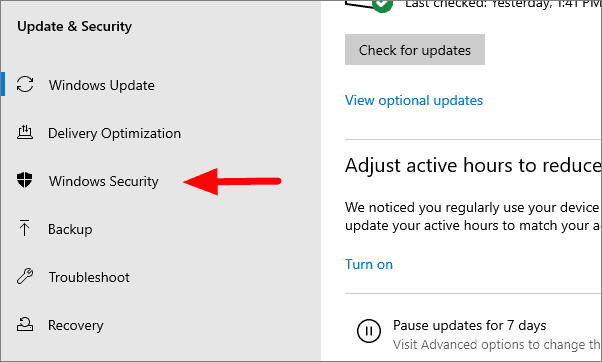
In this window, you will see the various ‘Protection areas’. Since we want to turn off the firewall, click on ‘Firewall & network protection’.

Click on the network type you are currently connected to. Your current network type is the one with ‘active’ written next to it.
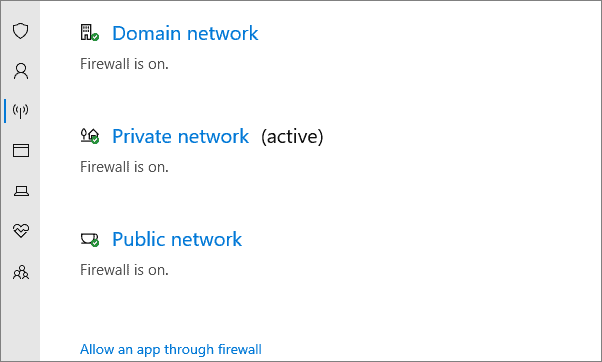
You can now turn off the Microsoft Defender Firewall by clicking on the toggle button.

Open any browser and check if you are able to connect to the internet.
Update Windows
If you are still unable to connect to a network or access the internet, there could be an issue with the system. If there is any software-based issue, Windows will probably release a fix for it with the update. Updating the Windows to the latest version can help resolve the network connectivity issue.
To check for updates, go to the ‘Windows Update’ tab in Update & Security and then click on ‘Check for updates’ at the right.
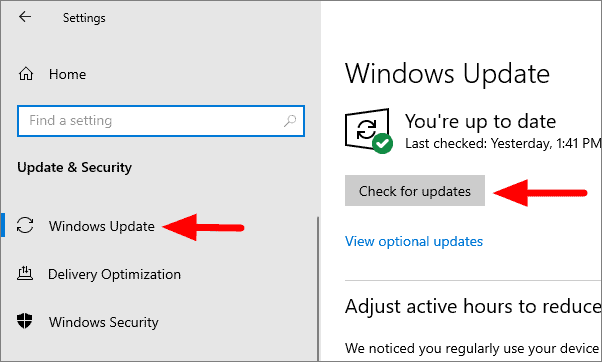
If there are any pending updates, download, and then install them.
Run Troubleshooter
Windows built-in troubleshooter can also help identify and fix the problem preventing from connecting to the network. Troubleshooting is an efficient method to fix most of the problems with the system. Even if the troubleshooter is unable to fix the problem, it identifies them, thus enabling us to use other resources for the fix.
To run Network troubleshooter, open the ‘Troubleshoot’ tab in Update & Security, and then click on ‘Additional troubleshooters’.

In the additional troubleshooters window, scroll and select ‘Network Adapter’, and then click on ‘Run the troubleshooter’.
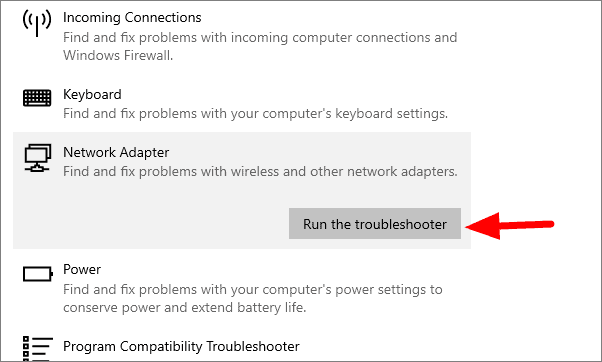
If you can connect to a network but cannot access the Internet, try running the ‘Internet Connections’ troubleshooter.
Follow the steps in the troubleshooter window to resolve the problem with network connectivity.
Do a Network Reset
Doing a network reset will change your network settings back to default. If any setting is preventing connection to a network, a network reset will do the job here.
Go to the ‘Status’ tab in Network & Internet settings.
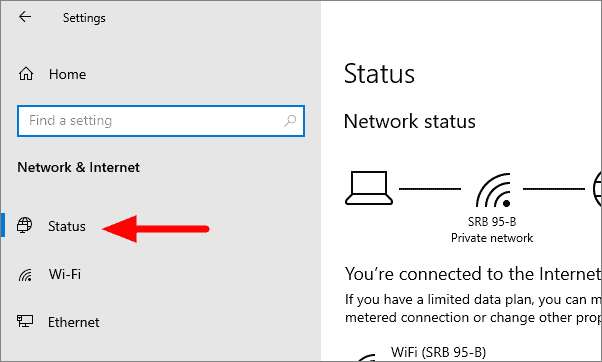
Scroll down in the Status tab and click on ‘Network reset’.
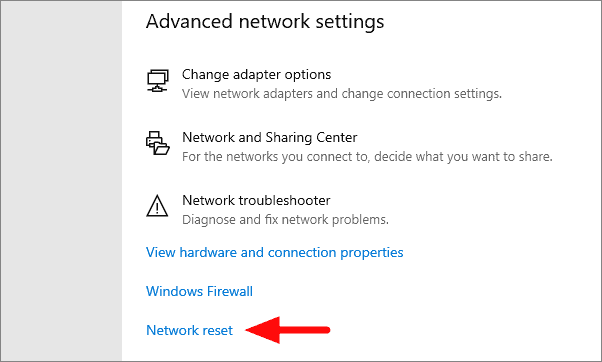
The Network reset window will open, click on ‘Reset now’ and if prompted, click on ‘Yes’.

We have discussed several fixes, and these fixes will definitely help resolve the network connectivity issue with your device. Moreover, all the fixes are simple and do not require any technical expertise to understand and execute.

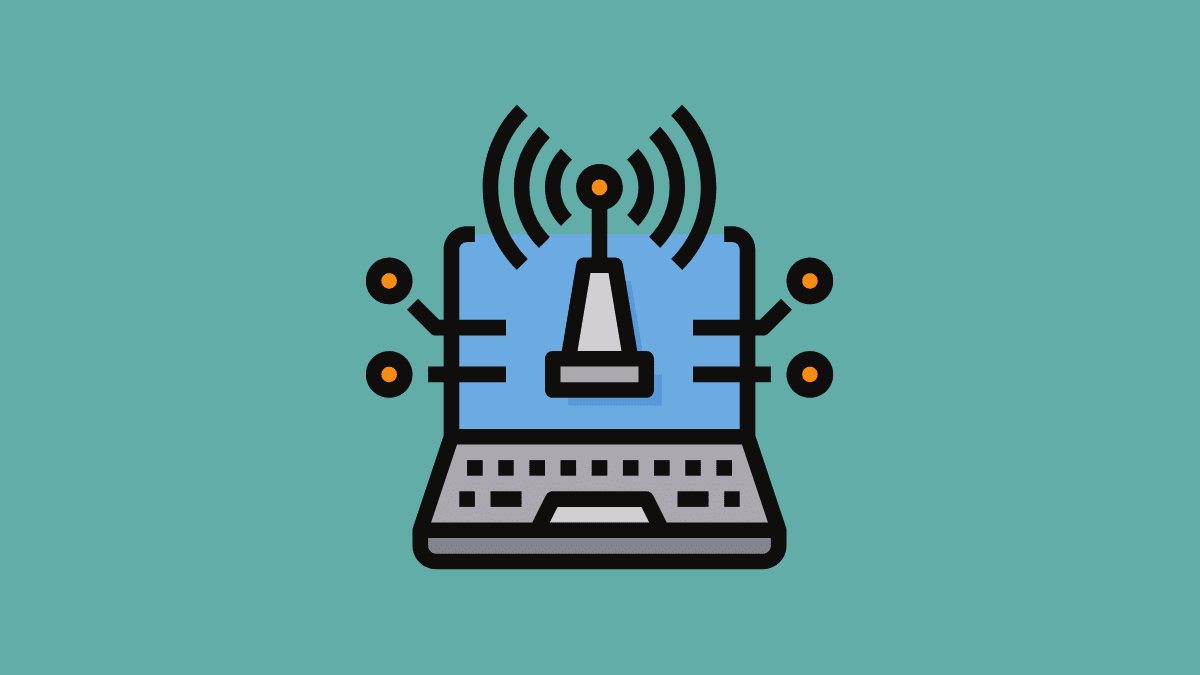








Member discussion